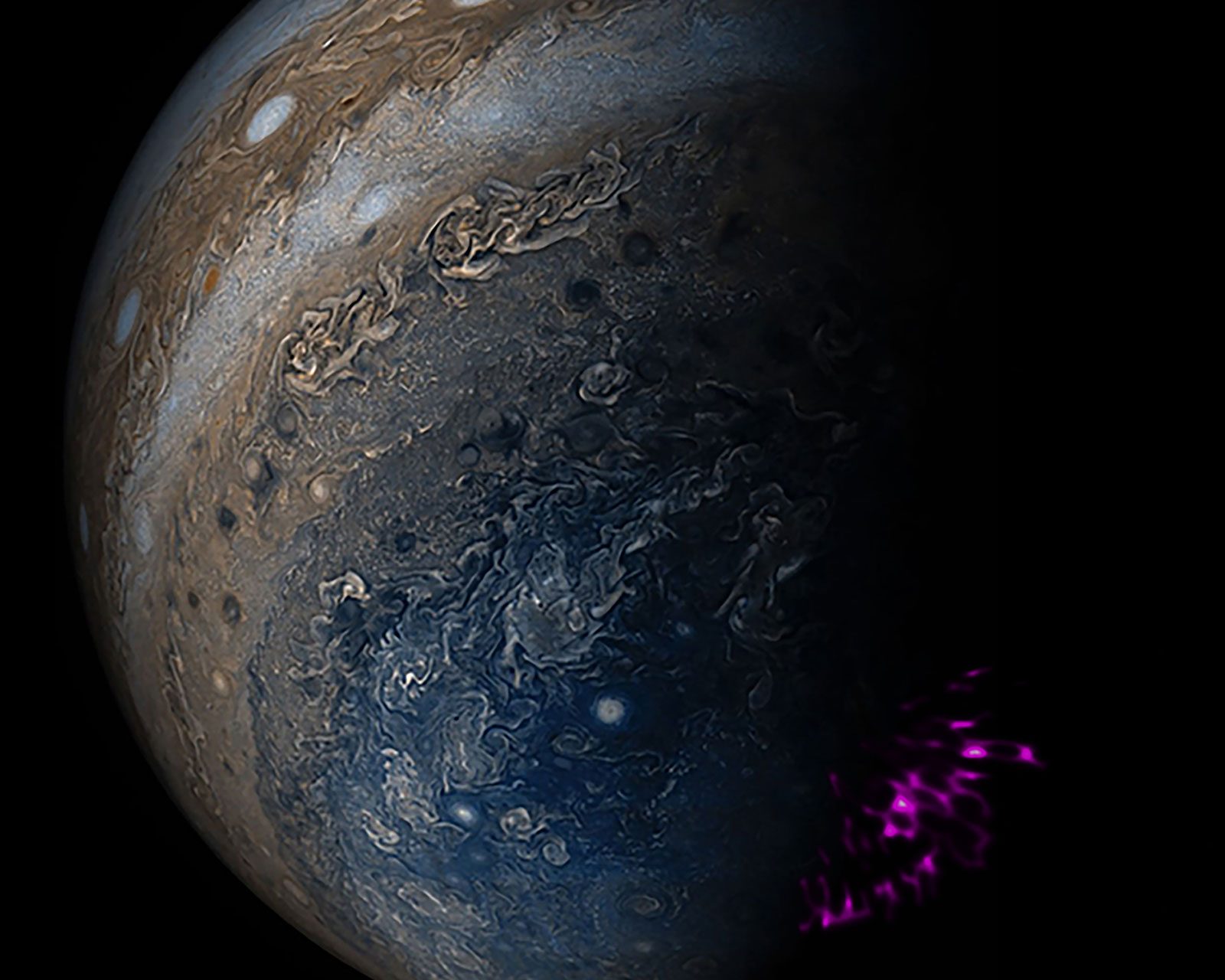
Planetary Remote Sensing
Microwave
MKI supplied the PI for the Magellan Venus radar mapping mission (1990-94) and was responsible for the analysis of altimetry and radiometry data. This resulted in what are currently the most detailed topographic maps of Venus, with accompanying information on the global distribution of surface roughness and dielectric constant (related to the density and composition of surface material). MKI scientists are also active in the radar mapping of Titan from the Cassini Saturn orbiter and in proposals for sending orbiting radars and radiometers to Venus, Mars and the Moon.

Color coded terrain highlights Aphrodite Terra and Ishtar Terra, two large continents (or highlands) on Venus
LIDAR
MKI scientists participated in the LIDAR (Light Detection and Ranging) experiment (MOLA) aboard the Mars Global Surveyor (operative 1999-2001), concentrating on an analysis of the echoes from CO2 clouds in the polar night. The locations and times at which the clouds were found, and their relation to Martian surface features, seasons, dust storms, etc., yielded important information on the state of the polar atmosphere and its relation to the seasonal CO2 ice caps.

The Martian north polar icecap.
X-Ray
Numerous observations of X-rays from Jupiter and Saturn have been made by instruments aboard Earth-orbiting spacecraft: Chandra, XMM-Newton, and Suzaku. They have been analyzed by a team from MKI, UCL, SwRI, and MSFC. Spectra have been obtained of X-rays from the Jovian aurora and from Saturn’s rings, and X-rays have been detected from Jupiter’s moons Io and Europa and from the Io plasma torus. Combining these measurements with simultaneous optical observations from HST and ground-based telescopes has led to a deeper understanding of Jupiter’s and Saturn’s auroral regions and of Jupiter’s extended magnetotail.

X-Ray Aurora at Jupiter’s South Pole